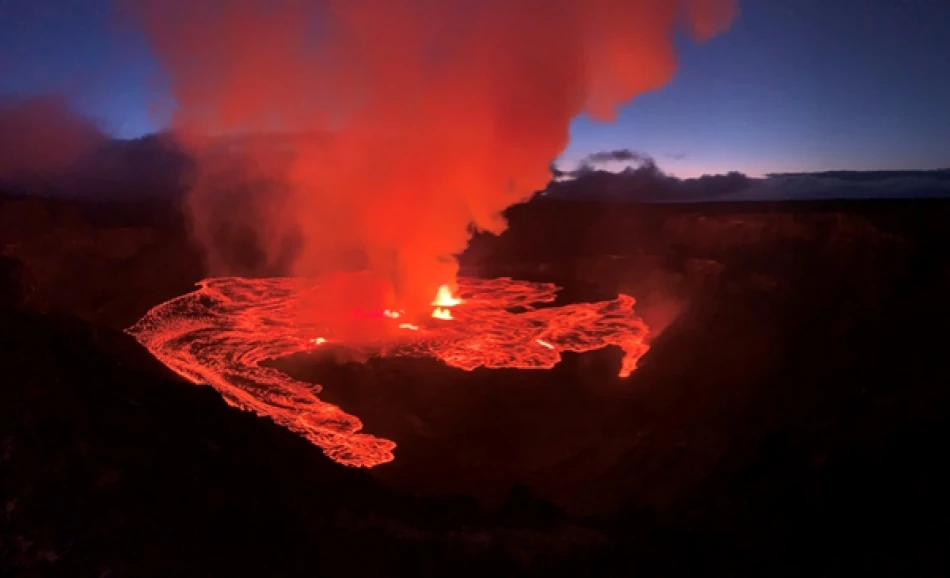
Kilauea Volcano in Hawaii Inches Closer to Eruption: Residents on High Alert
Hawaii's Kilauea Volcano Prepares for 31st Eruption Since December, Drawing Global Audience
Scientists anticipate that Kilauea volcano will unleash lava flows in the coming days, marking its 31st eruption since December and cementing its reputation as one of the world's most active volcanic systems. While only a fortunate few will witness the spectacle firsthand at Hawaii Volcanoes National Park, hundreds of thousands more are expected to tune into live streams that have transformed volcanic monitoring into a global phenomenon.
The Digital Revolution of Volcano Watching
The U.S. Geological Survey has revolutionized volcanic observation by installing three camera angles that broadcast Kilauea's activity in real-time. This technological advancement has democratized access to one of nature's most dramatic displays, allowing viewers worldwide to experience eruptions as they unfold.
The live streaming phenomenon represents a broader trend in scientific communication, similar to how space agencies now broadcast rocket launches and the International Space Station's activities. These digital windows into natural processes have created new forms of educational entertainment and scientific engagement.
Front-Row Seats to Nature's Theater
Park service volunteer Janis Way exemplifies the dedicated community of observers who document Kilauea's activity. When lava returns to the Halemaumau crater—considered by Native Hawaiian tradition to be the home of volcano goddess Pele—Way rushes to capture photographs and videos of the eruption.
The sensory experience is overwhelming: molten rock fountains produce sounds resembling jet engines or crashing ocean waves, while the intense heat can be felt from over a mile away. "Every eruption, I feel like I'm sitting in the front row of nature's most awesome show," Way described in an email.
Geographic Context and Scientific Uncertainty
Kilauea sits on Hawaii's Big Island, the largest in the Hawaiian archipelago, approximately 200 miles south of Honolulu on Oahu. This positioning places it within one of the world's most geologically active regions, where the Pacific Plate moves over a volcanic hotspot.
The volcano's current behavior pattern—with 30 eruptions since December—suggests an unusually active period even by Kilauea's standards. However, scientists acknowledge significant uncertainty about how the current eruption cycle will conclude or evolve.
Tourism and Economic Implications
Kilauea's frequent eruptions have created a unique tourism dynamic for Hawaii. Unlike destructive volcanic events that devastate local economies, Kilauea's contained eruptions within the national park generate significant visitor interest and revenue. The volcano's predictable yet spectacular behavior has made it a reliable attraction, drawing geology enthusiasts, photographers, and curious travelers from around the world.
This economic model contrasts sharply with volcanic regions where eruptions pose immediate threats to populated areas. Hawaii's volcanic tourism industry demonstrates how natural phenomena can be transformed into sustainable economic opportunities when properly managed and monitored.
 Layla Al Mansoori
Layla Al Mansoori







